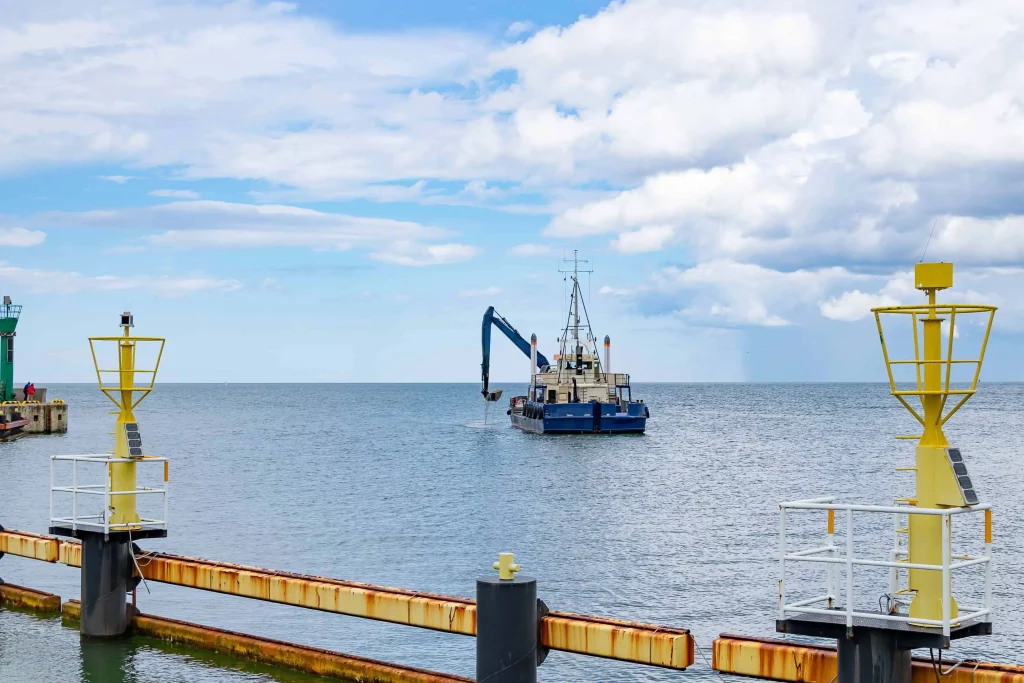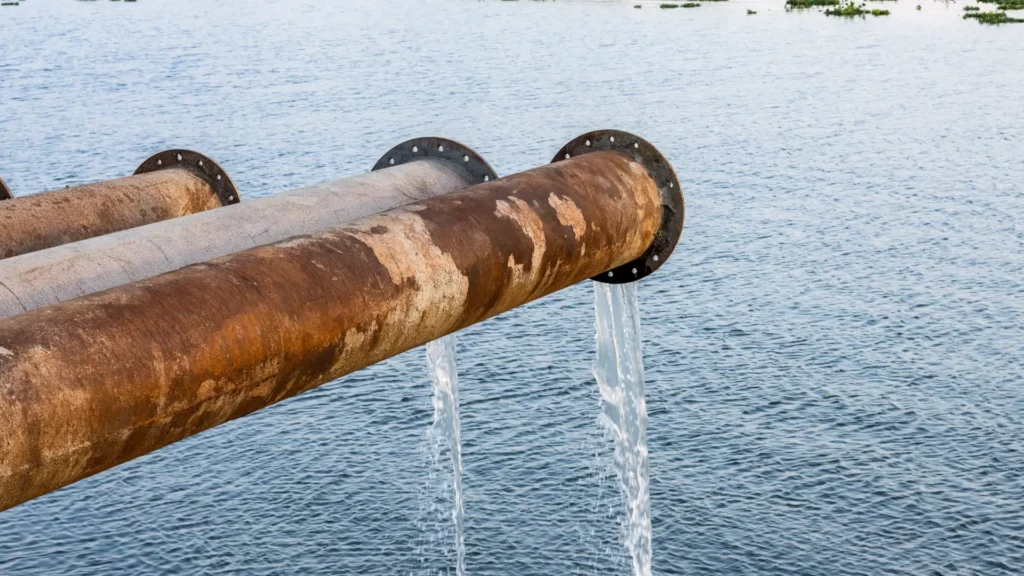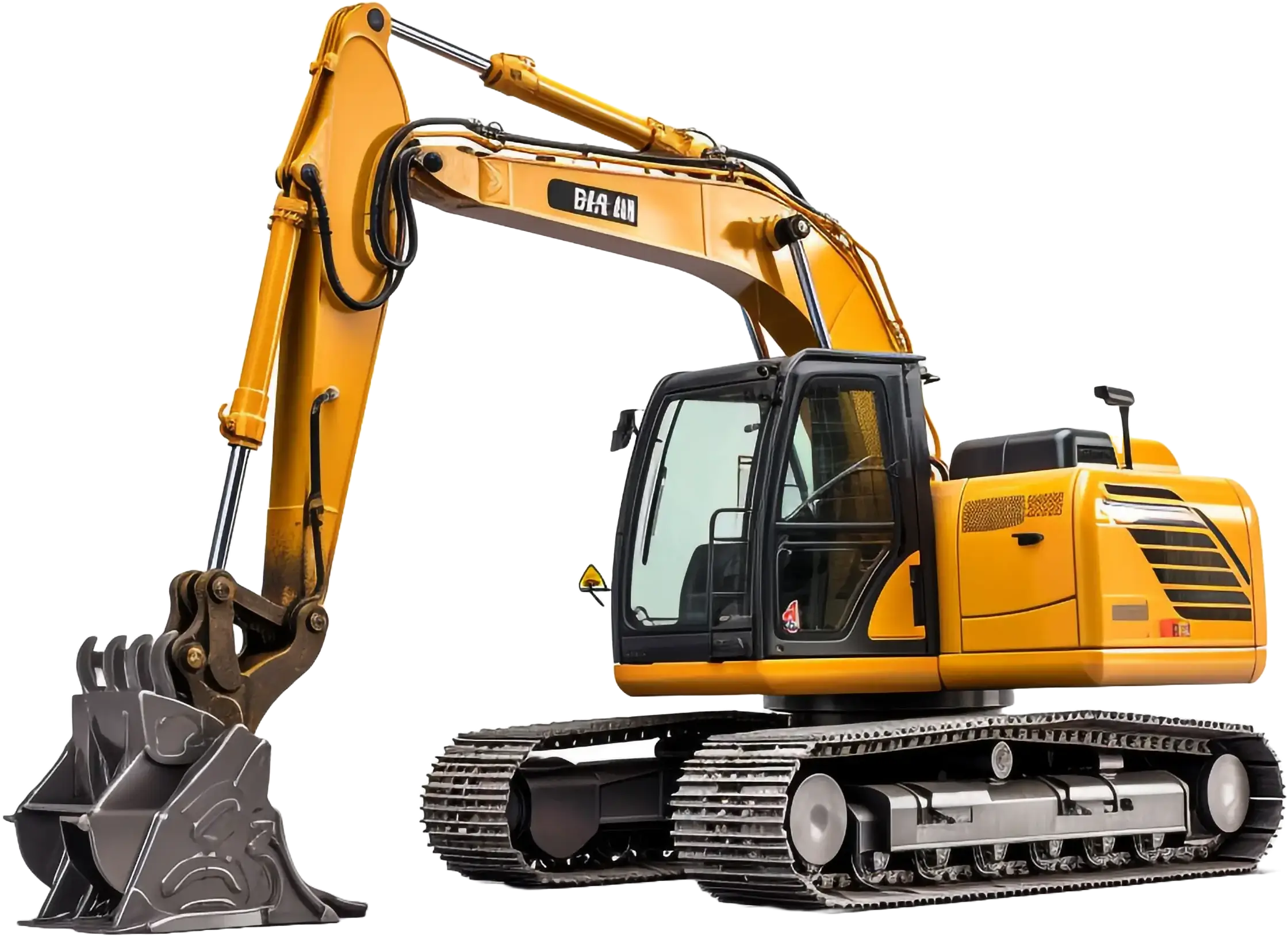In large-scale construction projects involving dredging, connecting dredge pipelines is crucial for the smooth transport of sediment, slurry, and other materials. These pipelines serve as the backbone of dredging operations, ensuring that the materials are safely transferred from the dredging site to the designated disposal or processing location. Properly connecting dredge pipelines is essential for avoiding project delays, minimizing environmental risks, and ensuring the safety and efficiency of the operation. However, achieving secure and reliable pipeline connections can be challenging without the right tools, techniques, and practices in place.
This article will cover the key challenges in connecting dredge pipelines, the essential tools required, effective dredging pipeline techniques, and best practices for achieving secure and long-lasting connections.
Key Challenges in Connecting Dredge Pipelines
One of the main challenges in connecting dredge pipelines is ensuring that the connections are secure, leak-free, and properly aligned. Misalignment is a frequent issue that can lead to joint failure, leaks, and pressure loss. When pipes are not aligned correctly, they become vulnerable to cracks and leaks, which can result in project delays and increased costs. Poorly aligned connections also lead to operational inefficiencies and reduced pipeline lifespan.
Another significant challenge when connecting dredge pipelines is dealing with pressure loss. If the pipeline connections are not secure, pressure inconsistencies can occur throughout the system. Pressure loss reduces material flow, slows down operations, and leads to excessive wear on equipment, ultimately requiring costly repairs or replacements.
Leaks are another critical issue in connecting dredge pipelines. If connections are not properly sealed or tightened, leaks can develop, wasting valuable materials and causing environmental harm. Leaks can also result in pressure loss, further complicating operations and decreasing the overall efficiency of the project.
To overcome these challenges, reliable dredging pipeline techniques and the right tools for pipeline connections are essential.
Essential Tools for Connecting Dredge Pipelines
Using the correct tools for connecting dredge pipelines is vital for creating strong, secure connections that can withstand the demands of dredging operations. Below are some of the most important tools used in these connections:
- Pipe Welding Machines for HDPE Fusion Welding
Pipe welding machines are necessary when connecting pipelines made from High-Density Polyethylene (HDPE). These machines heat the ends of the pipes and fuse them, creating a seamless and leak-free connection. This technique is ideal for projects requiring long-lasting and durable connections, especially in environmentally sensitive areas. - Hydraulic Torque Tools and Bolt Tensioners for Flanged Connections
Flanged connections are commonly used when connecting dredge pipelines, and hydraulic torque tools and bolt tensioners are essential for ensuring the bolts are tightened to the correct specifications. Proper tensioning ensures that the connection is secure, leak-free, and able to handle the pressures involved in dredging operations. Without proper torque, the flanged connection can fail, leading to leaks or pipeline breaks. - Dredge Pipe Clamps and Sealing Systems for Mechanical Couplings
Mechanical couplings rely on clamps and sealing systems to ensure a secure connection between pipeline sections. These tools are particularly important in projects requiring temporary pipelines or adjustable connections. High-quality clamps and seals help prevent leaks and ensure that the pipeline remains secure throughout the operation, even in high-pressure environments.
By using the appropriate tools for connecting dredge pipelines, construction teams can prevent common issues such as leaks, pressure loss, and misalignment.

Techniques for Effective Dredge Pipeline Connections
In addition to using the correct tools, implementing reliable dredging pipeline techniques is essential for ensuring secure connections. Below are some common techniques used in connecting dredge pipelines:
- Mechanical Coupling
Mechanical coupling is a widely used technique for connecting dredge pipelines. It involves using clamps to secure two pipeline sections together, making it a flexible and fast solution for temporary or adjustable pipelines. While mechanical coupling is easy to install, it may require regular maintenance to ensure that the clamps and seals remain secure over time. - Flanged Connections
Flanged connections are another popular method for connecting dredge pipelines. This technique involves bolting two pipe sections together using metal flanges to create a leak-proof seal. Although this method is labor-intensive and requires precise alignment, it offers excellent durability and is ideal for long-term or high-pressure installations. Using hydraulic torque tools during installation ensures that the bolts are tightened evenly, preventing leaks and maintaining the connection’s strength. - HDPE Fusion Welding
HDPE fusion welding is a highly effective technique for connecting plastic pipelines. This process involves heating the ends of HDPE pipes and fusing them to create a seamless, leak-free connection. HDPE fusion welding is ideal for projects in environmentally sensitive areas or where a permanent, high-performance pipeline is required. While this technique requires specialized equipment and skilled operators, it provides one of the strongest and most reliable pipeline connections available.
Each of these dredging pipeline techniques offers its advantages, and selecting the right one depends on factors such as project requirements, environmental conditions, and the type of material being transported.
Best Practices for Pipeline Connections
Following best practices for pipeline connections is essential to ensuring the long-term reliability of dredge pipelines. Here are some key practices to follow when connecting dredge pipelines:
- Regular Inspection and Preventive Maintenance
Regular inspections are crucial to maintaining secure connections. Whether using mechanical couplings, flanged connections, or HDPE fusion welding, it is important to routinely check for signs of wear, leaks, or misalignment. Preventive maintenance can help identify potential problems early and prevent costly repairs or breakdowns later. - Proper Alignment and Tensioning During Installation
Ensuring proper alignment and tensioning during installation is critical when connecting dredge pipelines. Misaligned pipes can lead to stress points that weaken the pipeline, while improper tensioning can result in leaks or pressure loss. By using tools like hydraulic torque tools and ensuring accurate alignment, construction teams can avoid these issues and maintain secure pipeline connections. - Using Appropriate Tools and Techniques Based on Project Needs
Different dredging pipeline techniques require different tools for optimal results. For example, HDPE fusion welding requires specialized welding machines, while flanged connections benefit from hydraulic bolt tensioners. Using the right tools for the job ensures that connections are made securely and remain reliable over time. - Environmental Considerations and Leak Prevention
In environmentally sensitive areas, additional precautions must be taken to prevent leaks and minimize environmental impact. HDPE fusion welding is often the preferred method for connecting dredge pipelines in such places because it provides a seamless, leak-free connection. Regular inspections and the use of corrosion-resistant materials further reduce the risk of leaks and environmental damage.
Conclusion
Connecting dredge pipelines securely and efficiently is critical to the success of construction projects involving dredging operations. By using the right tools for connecting dredge pipelines and employing effective dredging pipeline techniques, construction teams can ensure that their pipeline connections are strong, leak-free, and capable of withstanding the rigors of large-scale operations. Following best practices for pipeline connections, such as regular inspection and proper alignment, will further enhance the reliability of the pipeline system and help prevent costly delays or breakdowns. Ultimately, secure and efficient connections lead to successful, long-lasting results in dredging operations.





